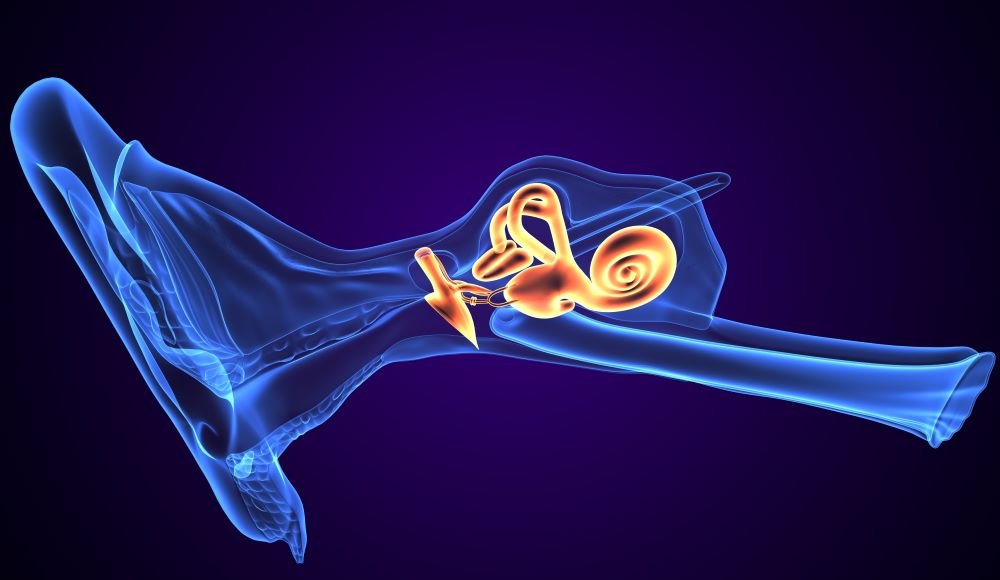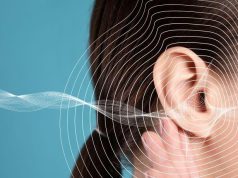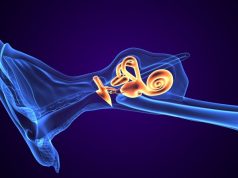Positive correlations seen for signal intensity ratio in affected ear of Meniere disease with hydrops in both cochlea and vestibula
By Elana Gotkine HealthDay Reporter
TUESDAY, Jan. 2, 2024 (HealthDay News) — The affected ear in Meniere disease has significantly increased the signal intensity ratio (SIR) of the cochlear basal turn, indicating potential damage of the blood-labyrinth barrier, according to a study published online Dec. 6 in the European Archives of Oto-Rhino-Laryngology.
Weidong Zhang, M.D., from the Zhengzhou University People’s Hospital and Henan Provincial People’s Hospital in China, and colleagues enrolled 30 patients with unilateral definite Meniere disease and 24 healthy controls to compare the SIR of the cochlear basal turn. The differences of bilateral SIR were compared between Meniere disease and healthy controls, and the correlation was examined between the SIR of the affected ear and the grades of cochlear and vestibular hydrops in Meniere disease.
The researchers observed a significant increase in the SIR of the affected ear in Meniere disease versus the unaffected ear. Healthy controls had no significant difference in SIR between the two ears. The SIR was higher in the unaffected ear in Meniere disease than that of both ears in healthy controls. There was a positive correlation observed for SIR in the affected ear in Meniere disease with hydrops in both the cochlea and vestibula.
“As increased permeability of the blood-labyrinth barrier precedes the formation of endolymphatic hydrops, it is suggested that disruption of the blood-labyrinth barrier may contribute to the development of Meniere disease in patients,” the authors write.
Abstract/Full Text (subscription or payment may be required)
Copyright © 2024 HealthDay. All rights reserved.








